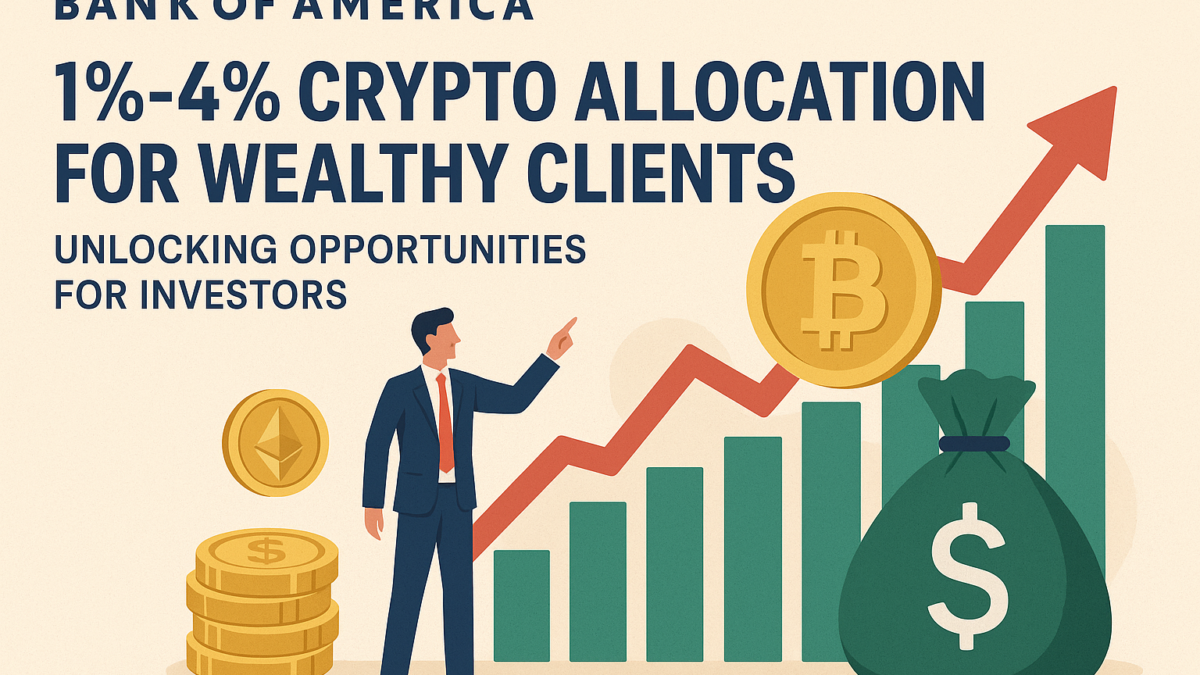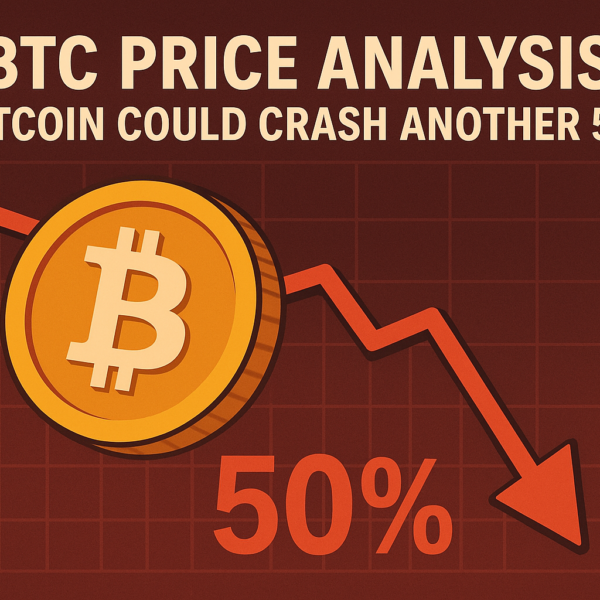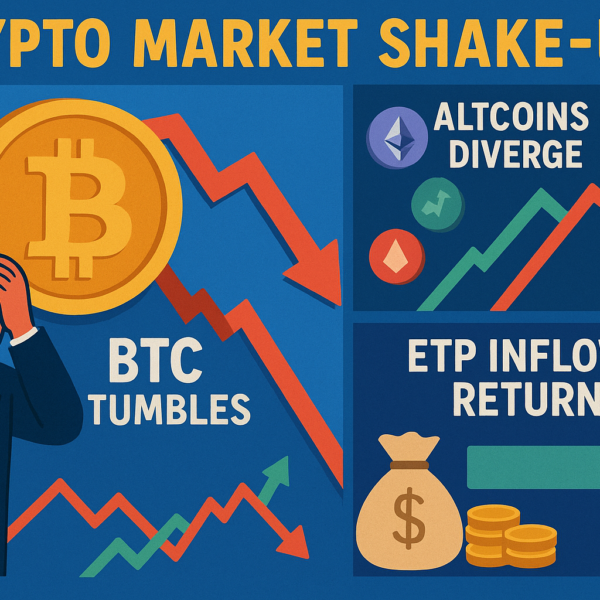How 5 Solo Bitcoin Miners Cashed in Over $350K Each in 2025
Against the backdrop of a highly competitive and increasingly industrialized Bitcoin mining sector in 2025, five individual miners achieved something truly exceptional — they successfully mined Bitcoin blocks on their own. In a landscape where mega-mining farms and large institutional entities dominate the majority of Bitcoin’s hashrate, these outliers reignited conversations about decentralization, equitable access, and the evolving nature of crypto mining. Their stories stand as rare modern-day gold rushes that challenge the prevailing industry narrative.
Defying the Hashrate Curve
In the Bitcoin network, a new block is discovered approximately every 10 minutes, a process driven by solving complex cryptographic puzzles. The miner who solves the puzzle first is rewarded with a freshly minted block reward and the attached transaction fees. After the most recent Bitcoin halving in 2024, the reward stands at 3.125 BTC—down from the previous 6.25 BTC. Combined with transaction fees, this can total over $350,000 at current BTC prices. But the odds for solo miners are daunting. With a single machine, the chances of hitting a block can be less than 0.0001% on any given attempt.
One groundbreaking success came from a miner in Utah who was running nothing more than a single Antminer S19 unit. Connected to Solo CKpool—a mining pool designed to allow individual miners to operate independently—this miner hit a block in March 2025, turning his modest setup into a six-figure windfall. It was not sheer computational power that won the day, but a combination of strategy, determination, and a willingness to face significant odds in pursuit of a life-changing financial opportunity.
These stories underscore how individual operators can still thread the needle despite competing against billion-dollar mining operations in Iceland, Kazakhstan, and Texas. The “little guy” occasionally beating the odds is not only a compelling story but also a vital function in the decentralization ethos that underpins Bitcoin itself.
The Contrarian Approach to Mining
The predominant belief in today’s crypto ecosystem is that solo mining is a fool’s errand — inefficient, unscalable, and financially risky. But the handful of successes coming out of 2025 challenge that assumption. For a select few, solo mining has emerged as a bold alternative path, representing a high-risk, high-reward model akin to angel investing or buying Bitcoin under $100 in its early days.
Solo mining is not for the faint-hearted. It demands patience, technical know-how, and a risk appetite that is often absent in traditional investing strategies. However, for those with the courage to dive in, the opportunity is asymmetric: the downside is capped to the upfront hardware and electricity investment, while the upside can be life-altering.
From a financial perspective, instituting a small-scale mining operation with a $2,500 to $5,000 budget offers an entry point into the mining game without needing to compete with the energy-hungry behemoths. While institutional miners chase razor-thin margins at scale, solo miners embrace variance. Their strategy is not rooted in predictability but in the possibility of outsized returns — a mindset that resonates deeply with Bitcoin’s early adopters and believers in decentralization.
Reclaiming the Spirit of Bitcoin Through Solo Mining
One of the core principles of Bitcoin is decentralization. As mining operations consolidate, this principle becomes diluted. Solo miners, against all odds, act as important counterweights, helping preserve the idea that anyone, anywhere, can participate meaningfully in the network. This is more than a financial pursuit — it is a philosophical and ideological act of reclaiming sovereignty in a financial system that is becoming increasingly controlled and compliant.
In 2025, as governments worldwide accelerate the rollout of Central Bank Digital Currencies (CBDCs), enforce stricter KYC (Know Your Customer) regulations, and apply pressure to DeFi platforms, the value of trustless systems grows even more urgent. Solo Bitcoin mining becomes a form of protest and self-expression — a declaration of independence from third-party interference. It is money earned through computation, unmediated by banks, governments, or institutions.
As such, solo mining blends idealism and capitalism together. It opens the door to decentralized income generation — or what some are now calling “sovereign yield” — distinct from yield-generating strategies in the DeFi world that are subject to intense scrutiny and centralization pressures.
Pathways to Profit: Turning Low Odds into Strategy
For hopeful solo miners, strategy is everything. While hitting a Bitcoin block is statistically improbable, certain best practices can increase the chances of success — or, at the very least, minimize losses over time. Here’s how contrarian miners are positioning themselves for maximum effect:
- Buy Secondhand ASIC Miners: Hardware depreciation is steep and relentless. During bear markets or mining downturns, top-tier ASICs like the Antminer S19 or S21 can be bought at substantial discounts—often 50-70% below retail. Savings here directly reduce the breakeven point for solo miners.
- Leverage Low-Cost Electricity: The most successful operations optimize for energy efficiency. Whether by relocating to rural areas with subsidized rates, utilizing solar setups, or simply mining during off-peak hours, trimming electricity costs is critical. Even shaving off a few cents per kilowatt-hour can materially change profitability.
- Use Smart Mining Pools: Platforms such as Solo CKpool offer the infrastructure and mining software to operate on a solo basis without joining a traditional pool. These services allow miners to retain full rewards if they discover a block themselves. While statistically unlikely, it provides the autonomy that many find philosophically appealing.
- Diversify Mining with Other Coins: While Bitcoin is the target, some solo miners experiment with altcoin mining on occasion. Coins like Litecoin, Dogecoin (via merged mining), or Kaspa can offer profitable alternatives depending on network difficulty and block rewards, especially when swapped for BTC later.
Psychology of the Solo Miner
The mindset of a solo miner is often misunderstood. It’s not just about money; it’s a calculated act of defiance against the convergence toward centralization. The solo miner is part engineer, part entrepreneur, and part activist — leveraging financial incentives to act on a deeper principle of autonomy. This psychological component plays a vital role: without the belief in uncertain rewards, the setup costs and ongoing operational risks would be too great to justify.
In communities around the world—from suburban garages in the U.S. to remote villages with access to cheap hydroelectricity in the Global South—solo miners are quietly contributing to the robustness of the Bitcoin network. Their presence ensures geographic and ideological diversity in the validation process, bolstering Bitcoin’s resistance to censorship and attack.
Closing Thoughts: A Risk Worth Taking?
Is solo mining in 2025 practical? For most, probably not. But that doesn’t mean it lacks value or relevance. Just as early Bitcoin believers saw utility in mining from their laptops, today’s solo miners believe in reclaiming that original vision of true participation. The rewards are rare and uncertain, yet impactful enough to inspire a growing niche of miners undeterred by overwhelming odds.
In an industry increasingly defined by efficiency metrics, institutional footprints, and corporate interest, solo miners bring back the raw spirit of Bitcoin. They remind us that decentralization is not a given — it’s a choice. And sometimes, the most meaningful contributions are made not by those who follow the rules but by those who dare to break them. As the landscape continues to consolidate, the role of the solo miner may become even more critical in safeguarding Bitcoin’s founding principles.
So while it might be more practical to lease hashpower from a cloud provider or invest in mining stocks, there’s something uniquely empowering about hearing the whirr of your own ASIC machine in the next room. It’s not just the sound of computation — it’s the echo of financial freedom.













